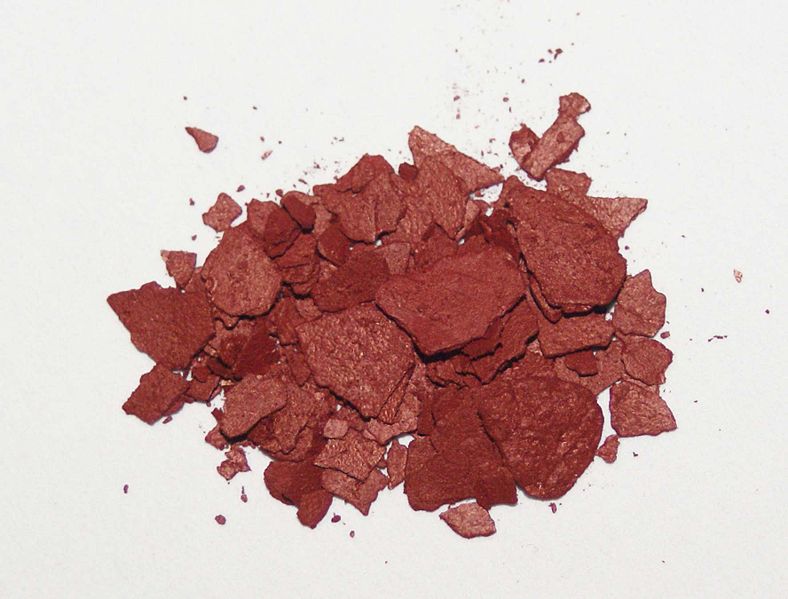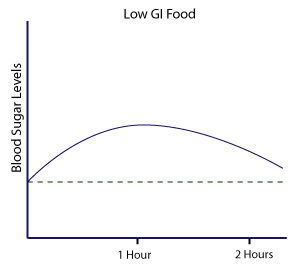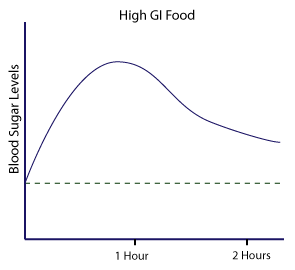Have been invited by
tvCentral to be on the
InDepth show on the 19th of February. Will be discussing the issues around sugar. Below are some questions that may be answered in the show. If they aren't you can read this after the show.
1. Why has there been a rise in consumption of sucrose and fructose?
Because sugars taste good. However like most drugs you get immune to the effect so need more. An apple tastes sweet, however if you an apple after a lolly it doesn't taste sweet. So as more and more foods contain sugar, the sugar level needs to rise to maintain the same perceived level of sweetness.
2. How do fructose and sucrose differ?
Carbohydrates, are carbon-hydrates. That is carbon with water attached to them. The two most common building blocks are
glucose and
fructose. They are very similar except the water part is moved around. Sucrose is made up of two basic carbohydrate building blocks both glucose and fructose.
3. Fructose is called an impurity in the sucrose refining process, it is one of the components removed, so how did it become a sweetener that is used today?
Both fructose and sucrose are found in most fruits, and unsurprisingly in sugar cane as well. Fructose was thought to be better for you as it has a lower
GI.So it became a "good"sweetener
4. Why do some people have fructose intolerance?
Fructose needs to be carried by RBC to the liver were it is made into glucose. Glucose is the only sugar that the body uses for fuel. Some people don't have the right 'bit" on there RBC to carry the fructose away. So the fructose stays in the intestine. Bacteria (you have about 1 kg of them in your bowel) then use it as food producing gas, bloating etc as a side effect.
5. Are sweeteners responsible for the chronic diseases that are so rampant in our society? Why? High blood pressure, heart disease etc.?
6. Are Fructose and /or sucrose responsible for insulin resistance and weight gain? Why?
A high sucrose diet (this includes starches) causes the insulin level to massively peak, then go negative.
See here for a diagram. After a few years of this the pancreases that makes insulin wears out and you get type II diabetes / insulin resistance. The weight gain occurs as the body can't use the glucose in the blood as there is no insulin. Therefore the liver turns the glucose into fat for storage. Ironicly the body is starving for glucose, yet it can't use it.
7. Why then have these sweeteners been recommended to diabetics over the years with the claim that they do not elevate blood pressure or cause weight gain?
This is due to an incomplete understanding of body chemistry. Glucose causes type II diabetes. Therefore remove the sugar and you reduce risk of diabetes. There decisions were made by highly intelligent scientists. However they were specialists. So they didn't know the effects of increasing fructose (or any other sweetner). Therefore we have recommendations that are not in the best for holistic health and wellness.
8. Why is there so much controversy over the whether the sugars are responsible for disease and obesity?
Because historically fat was seen as the enemy (remember sugar consumption has increased massively over the last decades so 50-100 years ago people were more likely to have a high fat diet rather than a high sugar diet). Therefore carbohydrates were seen as good. Also remember that the people who developed the food pyramid would have been through the depression and at least one world war. Therefore possibility of food rationing was ever present. Most people would prefer to eat 1/2 a loaf of bread to get there daily energy intake rather than consume a few tablespoons of oil.
It takes time for people to change their mind set, hence the controversy.
9. What foods/beverages contain the largest percentage of these sugars?
How long is a piece of string? Check the label (see below). The more something has been processed the more likely hood of sugar being added.
10. There are those that could be described as sugarholics, is this a medical condition or diagnosis?
Sugar addiction information can be found
here. Sweet tasting food or drink activates the feel good parts of the brain (beta endorphin receptor sites). These are the same sites that are activated with morphine or heroin. However as there is no scientific consensus on what make a "addiction" or "addict" it is a gray area. Withdraw symptoms are my best rule of thumb. Go without sugar (or coffee, or any other suspected "drug"). If you get cravings, get grumpy, feel queasily etc you are likely to be addicted.
11. Most of the research coming out about these sugars is American based, what is NZ doing about the issue?
12. Do we have to totally avoid all products with sugar in? Why? At what age should we take this more seriously?
The simple answer is yes we should avoid all processed foods. Remember that fruits are often high in sugars, thats why they taste so good. However fruits also come packed full of great nutrients.However we live in the modern world. Both partners working, time strapped etc. Therefore the question is how do we change our lifestyle and our mindset so we don't need to eat processed food? The answer to this is - at every meal ask yourself how can this be more healthy. This means over the years you will migrate to a low sugar diet. There are also herbs that have a natural sweetner in them.
13. If we want to avoid these sweeteners, what do we look for in the ingredients list on the product?
Check the per 100gram label. Sugar can be "hidden" in products by adding various sugar types or components that have high sugar component. However the product must state how much sugar is in the product. So if it is more than 10% eg >10 grams out of 100 grams it is to high in sugar. Same rule of thumb works for fat as well.


























